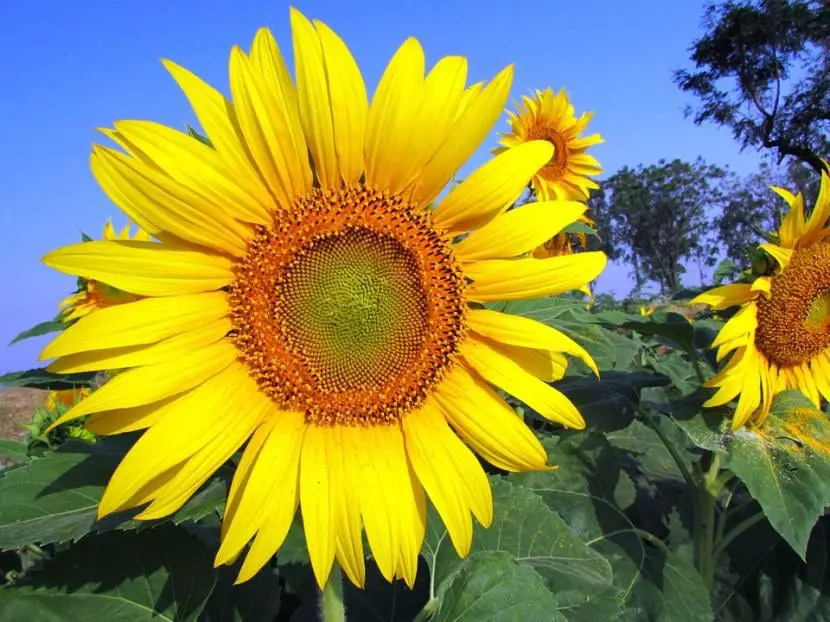
If we want to provide the best care for our plants, the most important thing we have to do is put them in the right placewhere they can receive the light they need. However, that they want light does not necessarily mean that they have to be in full sun, since in fact there are many that grow under the shade of the trees.
So that problems do not arise and you can see them grow in the best possible way, this time I am going to talk to you about how to know if a plant is sunny.
The flowers, its main attraction

Delonix direction (flamboyant)
Plants that grow exposed to direct sun have very showy flowers, very showy. Its petals and / or bracts (modified leaves that protect the flowers) are very brightly colored. A) Yes attract pollinating insectssuch as bees, wasps or bumblebees, which are also diurnal, which is why the vast majority of sun plants open their flowers during the day.
They have pretty leaves, but not very showy

European oils (Olive)
Plants that grow in full sun are plants with light green leaves, little (or not at all) bright. What’s more, they are usually smaller and leathery than those of shade, since being able to absorb all the amount of light they need, having larger leaves would suppose a greater and unnecessary energy expenditure.
Thorns, the weapon of the cactus

Echinocactus platyacanthus
When you live in a desert area, with strong sunshine, you will have no choice but to turn your leaves into thorns in order to save water. But also, thanks to them the cactus They can be protected a little from the sun, and also, although it seems not, absorb more water, since the secondary spines (shorter than the central one) do not usually grow straight, but slightly inclined, which allows the plant to hydrate more.
Knowing this, it will now be easier for you to recognize a sun plant .
